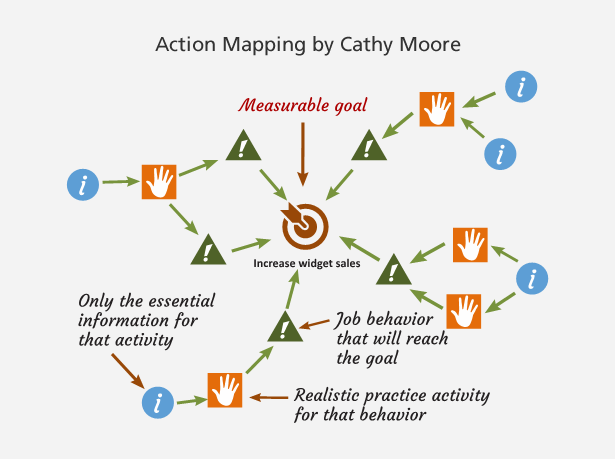Engaging eLearning!
Now, that’s a term that’s quite pervasive these days. Every custom eLearning development vendor claims to make engaging eLearning. But do we know what engaging eLearning really is? What attributes it needs to exhibit to qualify for being engaging eLearning? And more importantly how do you go about creating eLearning that is not the boring, stereotypical eLearning that the learners hardly ever relate with?
Creating engaging eLearning is a topic large enough to be covered in a workshop spanning a few days. However, I believe there if we can focus on 3 key things we will be able to ensure that the content we create is engaging. In this blog I will discuss the first one.
Purpose
In the corporate world there is no such training being done, which does not have an ultimate purpose of staff’s behaviour change. Whether we achieve that purpose or not, is a different matter altogether, but the fact is that there exists a purpose, which needs to be clearly established before we attempt to create engaging eLearning. To do that I recommend Cathy Moore’s Action Mapping process. It helps simplify the process of identifying the right content and activities to be included in your elearning by focusing on the purpose of the course. The four step process includes:
1. Identifying the business goal:
As she puts it, when creating any eLearning (or performance support), ask – why? ‘Why should this course be created? What is the business need?’ Look for a measurable goal; say for instance, to increase sales by 20% in next 12 months.
2. Identifying what people need to do to reach that goal:
The next step is to ask what behaviour(s) the learners, need to exhibit to be able to achieve this goal?
This would also include assessing the challenges that are standing in the way of the goals currently, or why the desired behaviors are not being achieved.
3. Designing activities that help people practice each behaviour:
For each behaviour find out appropriate practice that can be provided through an intervention (not necessarily a course). This also includes finding remedies for certain behavioural flaws.
4. Identifying the minimum information that people need to complete each activity:
For each practice activity find out the necessary information to be given to the learners – not less, not more, then pair the behavioural flaws with learning activities that can engage your learners.

A combination of these practice activities and information bits could possibly be your eLearning. A huge focus lies on the activity – or the ‘DO’ component, which is critical to an engaging eLearning course we aspire to create. I highly recommend a visit to Cathy’s website for more details and examples.
In the next posts in this series, I’ll be discussing the remaining two things to focus on for creating engaging eLearning. Do share your thoughts below.














